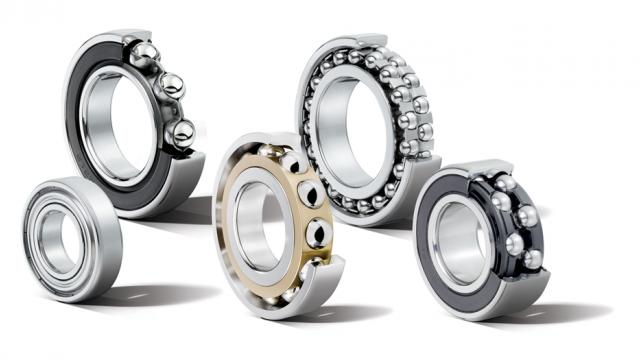When I was in junior school, we didn’t have mobile phones, tablets, or any other technology for that matter. When it snowed, we had snow-ball fights and when it didn’t, we played games like ‘tig.’ They were simpler times and almost unrecognisable to modern children 35 years later. One of my favourite games – and one I discovered I had a particular aptitude for – was ‘marbles. Firstly, we agree on a hole to use and then negotiate which marbles from my collection would be wagered against which marbles from my opponents’ collection. Finally, we’d tip the marbles out and take it in turns to try to get them in the hole. If you got one in the hole, you got another turn. If you didn’t, it was your opponents turn. The one to get the last marble in the hole won the lot. And I still have my marble collection to this day! The value of marbles was not set in stone but rather something that you’d negotiate over using factors such as rarity, size or material. The most common glass ones may be worth ‘2’ and, for example, rarer, larger black glass marbles may be worth over a hundred each. One of the most valuable types of marble, however, was the ball bearing. All different sizes and values, and I can’t remember for the life of me where we’d get them in first place, but we coveted them, and they were invariably worth a lot!

This was, however, the sum of my experience with ball bearings. I suppose in the back of my mind I know you’ll find them everywhere from car wheels and roller skates to machinery and space shuttles. Turns out there are many different types and uses for them and also many innovative companies continually developing newer and more efficient bearings. Example types of ball bearings available – besides the ones a 10-year-old may play marbles with -include deep groove, double row, self-aligning, and thrust ball bearings. Just goes to show you learn something new every day!
